Baltic Sailing Journey How-to
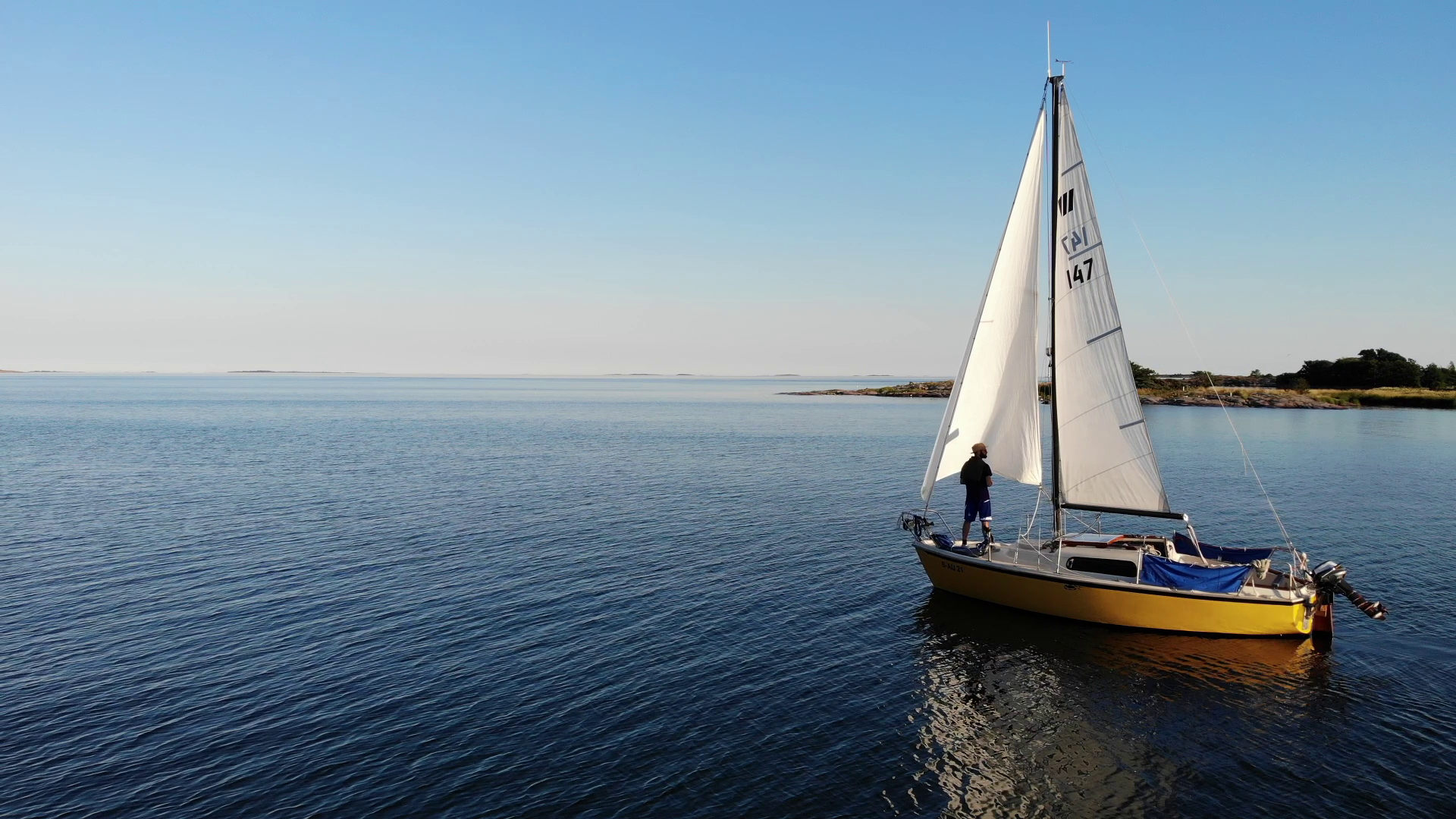
In spring ’19 I bought a small sail boat, refurbished it, learned to sail and spent half a year on the Baltic sea. This is a short summary of this project.
Motivation and finding a boat
I had no prior experience in sailing and never sailed any boat before. In February 2019 I watched my old and well used straw hat hanging on the wall and felt that it was time for an adventure. I fancied a water related adventure. Within 25 seconds, it was clear to me, that I would buy a small sail boat.
Ebay Kleinanzeigen (similar to craiglist) was the place to look for the boat. It should be easy to handle for one person, robust and big enough for me to live on it for half a year. I did a two weeks research and bought a 6.5 m/ 800 kg boat close to Berlin where I lived.
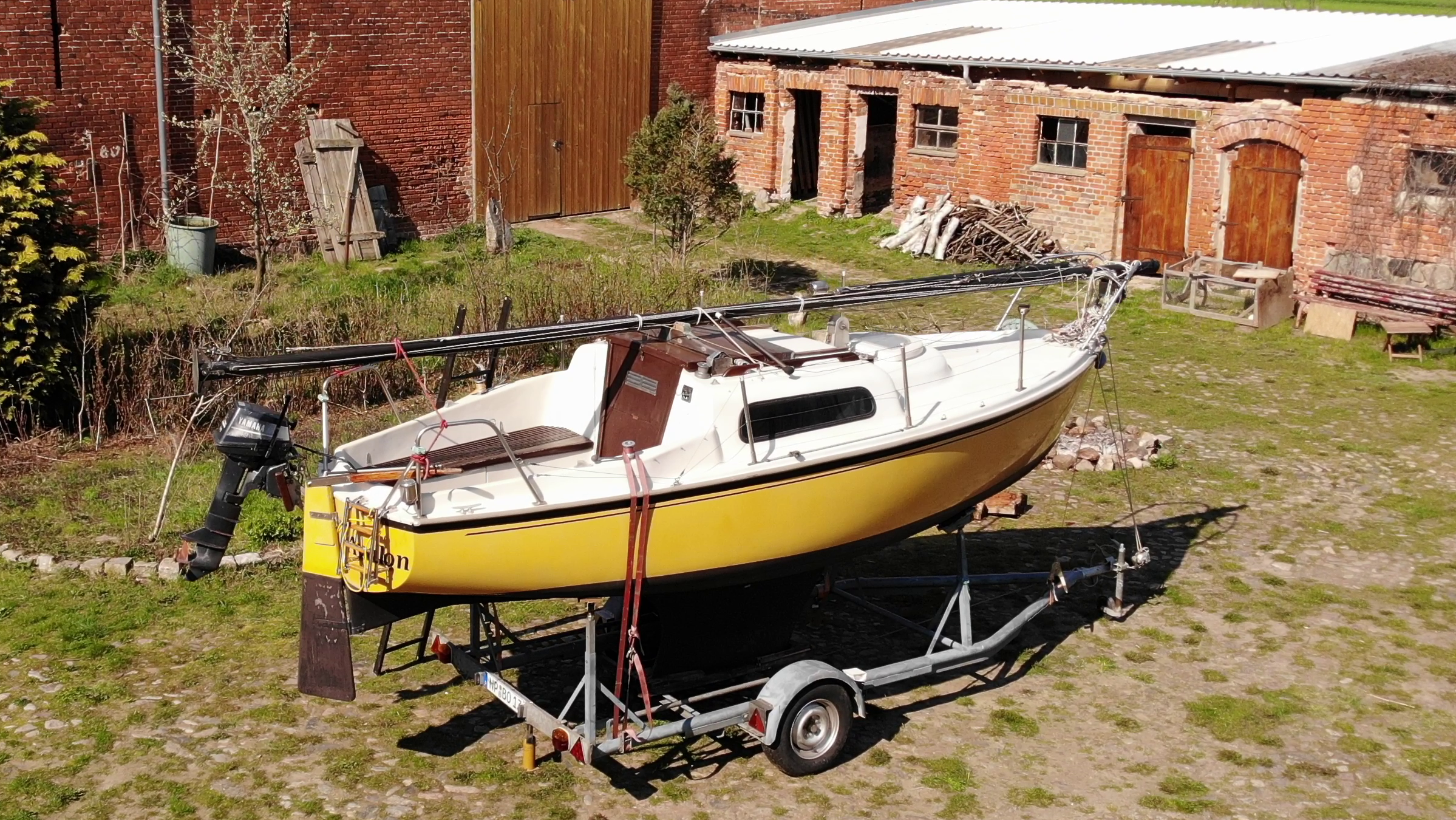
It was from 1974, built in plastic by a boat-yard from Hamburg and had several owners over the last years. Some parts had to be renewed, but I trusted the owner about the principally good shape of the boat. In total it cost me 3500 € with 5 sails, 8 hp motor and the trailer.
First steps and preparation
We put it into a small lake close to Berlin without any preparations on the boat. I did not know how to sail so I learned the basics by watching Youtube tutorials and channels of adventure sailors like Rodger Barnes. By the way, you don’t need a permit for a small sail boat on most lakes in Germany.
That summer alone was totally worth it. I spent a lot of time with friends and family on the water on the weekends and got to know the boat thoroughly. It sailed well and was easy to control.
During the weeks I worked and acquired some money. Here is a rough list of the total costs.
| Boat, trailer, motor | 3500 |
| Refurbishing accessories | 800 |
| Summer and winter place | 1000 |
| Living costs, insurance | 3000 |
| Special devices (VHF, tablet, autopilot) | 1500 |
| TOTAL | 9800 |
A friend organized a winter place for the boat and I used the cold months to refurbish the boat. The wood was revarnished and the shrouds and stays were renewed and reinforced for safety reasons, just as many other old parts. A VHF and autopilot was installed. My brother helped me to install a Diesel heater in one of the outside boxes, releasing hot air into the cabin.
I learned a lot in this process handling the upcoming technical challenges. For me it was already a big part of the adventure.
The sailing tour
On May the 6th 2020 we watered the boat in Berlin into the river Havel. On board I had a solar panel to charge the technical devices like my Android tablet for navigation (Navionics, Windy) and a FM radio. Besides, my Pono Tenor Ukulele, fishing tackle, standard tools like pliers but also special tools like bolt cutter to cut the shrouds if the mast should ever come down. And of course my skates and my straw hat.
I motored down to the river Elbe and took the channel right to the city Lübeck, where I met a friend who helped me to put up the mast. Finally the boat was on the Baltic sea and ready to sail.
I had no sophisticated plan for the route, but I wanted to reach the Åland archipelago at some point. Due to COVID-19 restrictions, I was not able to sail to Poland as originally planned. So I sailed over to Sweden. I had a friend with me, we started at 3 am on the island Rügen, Germany and went over to Simrishamn, Sweden in 16 hours.
We sailed up to Karlskrona, from where I continued on my own northwards. Usually I spent five days in the wilderness and one or two days in a harbor, to get to know the bigger coastal cities. The harbor fee is about 20 € per night while anchoring outside of cities is of course free. Because of the small drought of the boat (only 80 cm), it was often possible to get so close to the small rocky islands that I was able to step over from the boat. Often I spent the night on such islands with campfire and sleeping bag.
Mid July I arrived in Stockholm from where I sailed over to the Aland archipelago which is part of Finland. The sky was blue and temperatures around 20 to 25 °C almost all summer long. Often clouds formed over the main land, but not over the water.

More than one month I spent in the islands before I continued to Finland mainland. The nights were only dim up there but not really dark and often I sailed during this time. Fishing is great in the archipelago. I guess this is the reason why it’s finish name is “Ahvenanmaa” which means perch land. Often it is possible to catch a pike or perch (both very tasty fish) with only a few casts. In safe conditions, I sometimes lit a small fire to instantly fry the fillets. There were funny birds that looked like penguins but can fly somehow. Also seals, elks, owls and even whales and other really fancy beings.
Later, I visited the capitals Helsinki, Tallin and finally Riga, which I liked best for its mixed style, people and possibilities. It was already the beginning of September and the days were shorter and stronger winds with rain became more frequent.
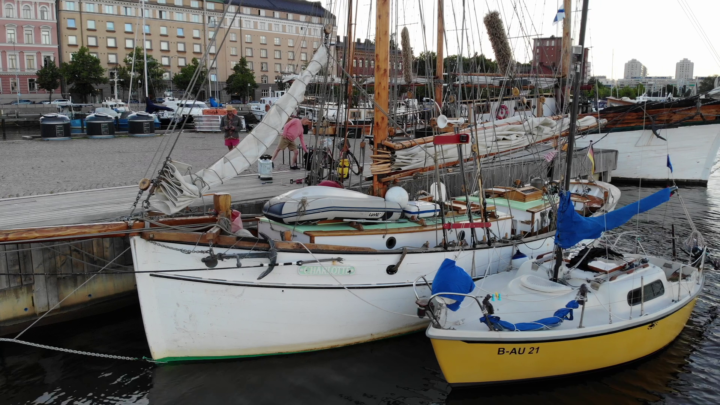
So another friend and I brought the boat over to Windau, Latvia and from there we sailed to Öland, Sweden, in a 36 hour non stop leg. Via Sweden and Denmark I went back to Germany in partly rough weather conditions. On October the 10th I arrived in Flensburg, which was the final destination of the tour.
I will definitely go on with sailing and try to contribute to bring it to more use, since I think that sailing is a not only a great pleasure but also a fantastic technology that should be used more widely. Great Thanks to @onny for encouraging and helping me to do this blog post!
(Almost) fail compilation
Water flooding
When I watered the boat in Berlin to begin the journey, a water jet came in below the valve of the sink. Not much, so I decided to start the tour anyway, stuffed it momentarily with some textile and sealed it with epoxy raisin later that day on the water. This hack did the job all the way home.
Running aground in the Aland archipelago.
I was tired that day and could not find a decent spot to anchor south of the island Vardö. To save battery of my tablet, i turned it off and followed the buoys. Accidentally, I skipped one and banged at full speed into some rocks, that were just covered with water. I fell into the cockpit, the sound was horrible and I thought that the mast would come down. I lowered the sails instantly and quickly checked the inside of the hull for water flooding. Luckily, there seemed to be no leak. I turned on the engine and by going back and forth at full power, I managed to bring the bow of the boat through the wind. Then I hoisted both sails again so the boat was heeling strongly to the side. With the help of the engine I was then able to move it out of the rocks again. When I dived down under the boat later that evening, I found only small traces of the accident.
Almost mistaking a breakwater for the harbour wall
We sailed southwards along the coast of Öland in initially beautiful conditions with the spinnaker sail. Within two hours the sky covered and the wind picked up to force 6 and bigger waves emerged. By then, we were running under a small jib sail only. A dense fog rose and soon the visibility was under 100 m. Rounding the southern tip of Öland this day, as we had planned initially, was out of question. The map showed a small harbour close to Gräsgård that we decided to go for. In the dense fog we had only GPS to rely on for our position. I spotted a small buoy and shortly afterwards two walls. I thought they were the two harbour walls and steered to the middle of them. My friend who had an unpleasant time in these waves came on deck and went on the bow for looking out. Literally in the last moment he shouted to me to turn to port. That was the moment that I also recognized, that the right one of the two walls was a wave breaker and the port side harbor wall had not been visible in the fog. I just managed to turn the helm in time and with a big wave we more or less surfed into the harbor and were completely stuck in mud the next second. But that was no problem, we pulled the boat to the pier with the help of some Swedes and were safe for that night.
The next day we realized that if we would have gone between the harbor wall and the wave breaker, it would probably have been the end of the journey. The water there was packed with big rocks just below the surface and in the big waves and the strong wind there wouldn’t have been a chance to rescue the boat.
How we ended up locked out naked from the sauna in Helsinki
…
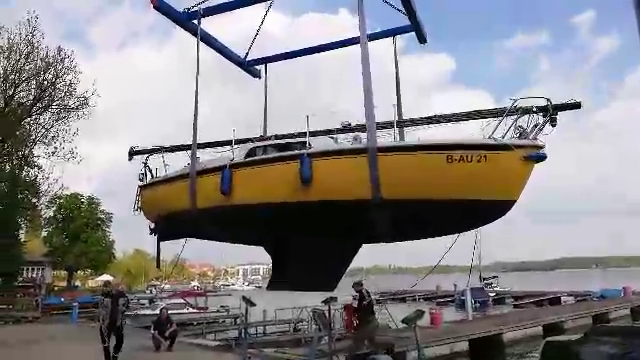
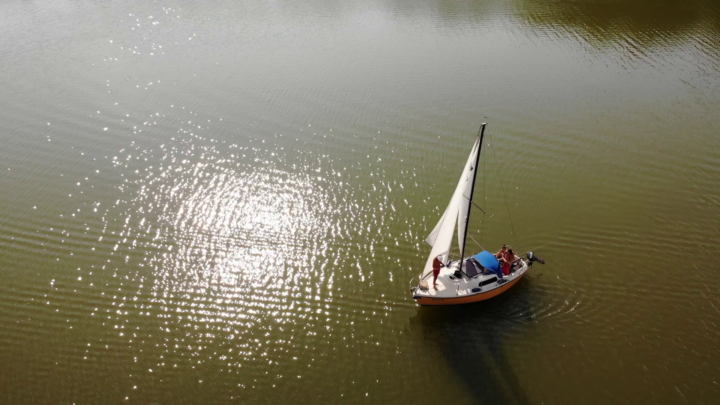

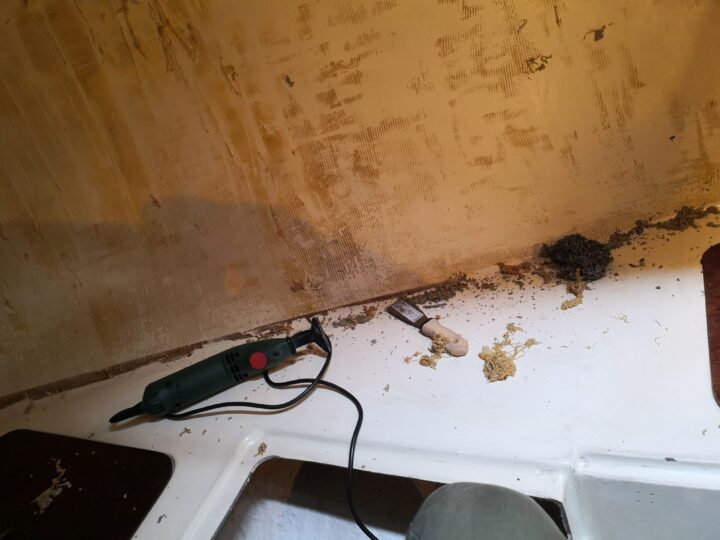




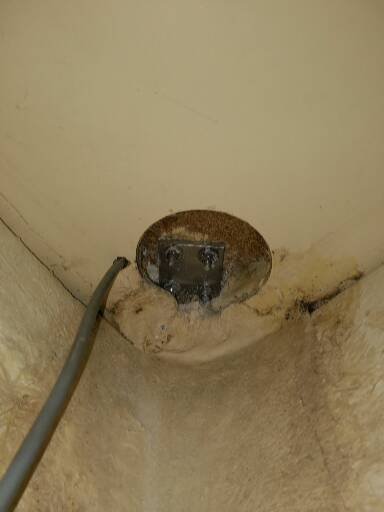

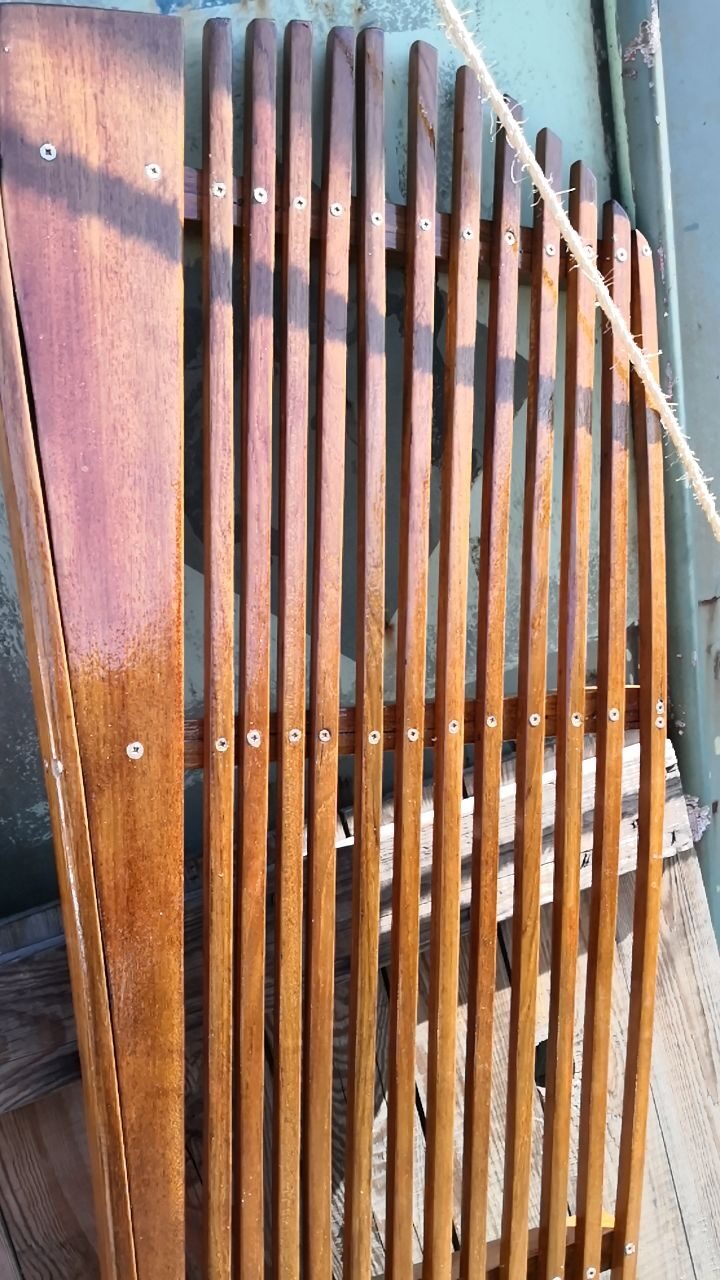

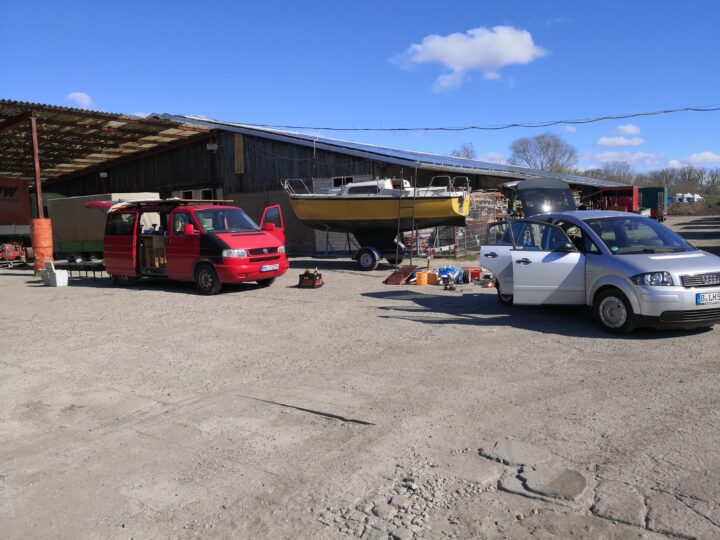
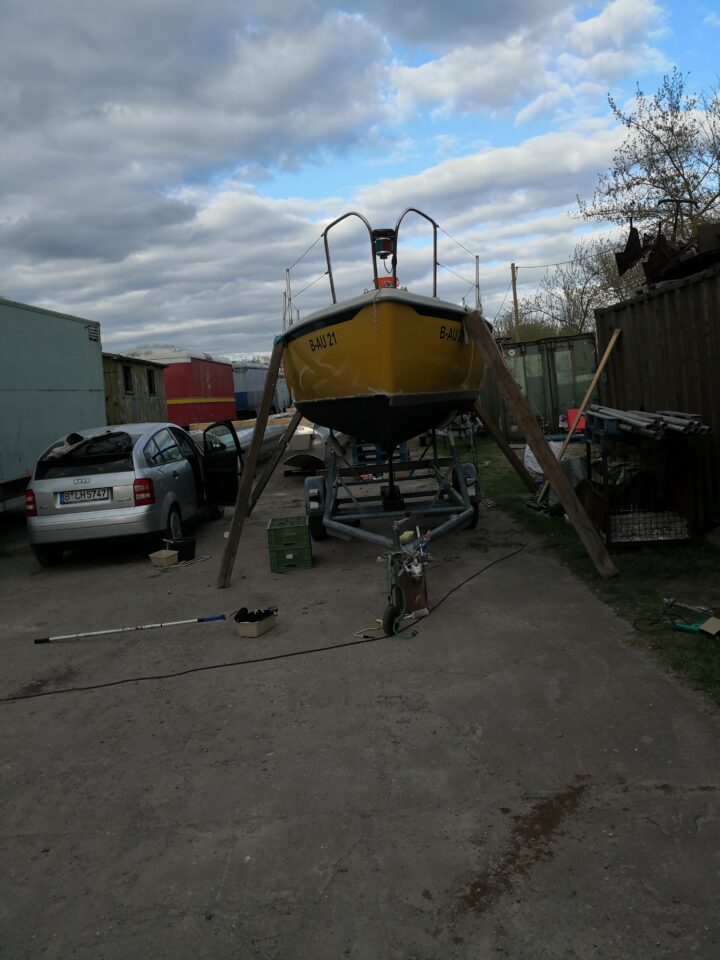
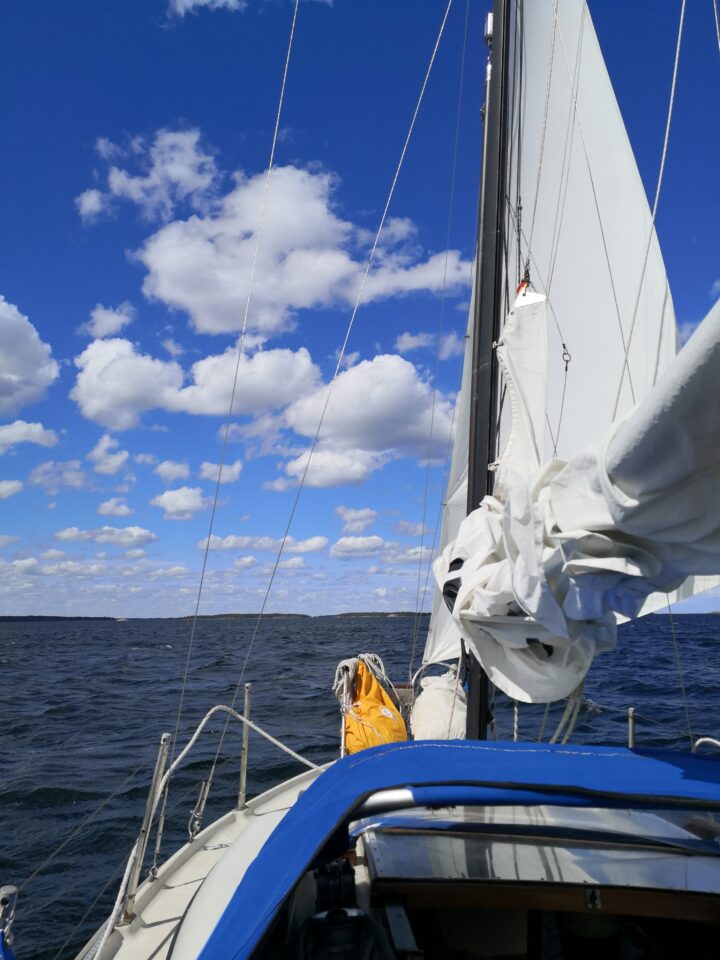
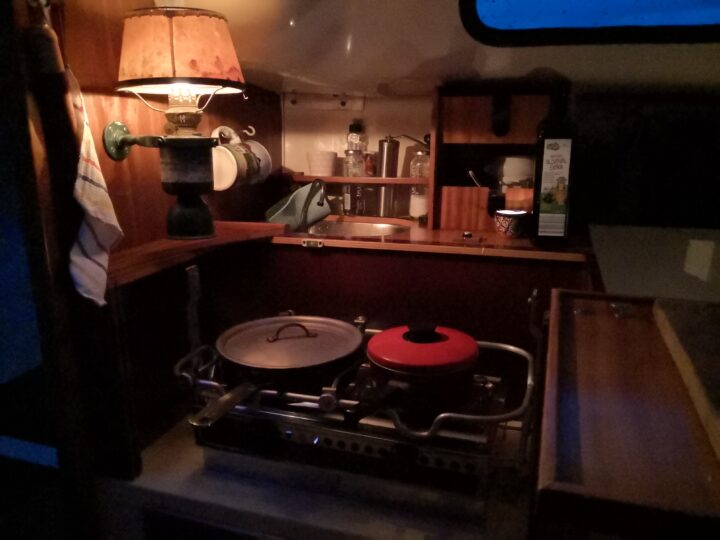

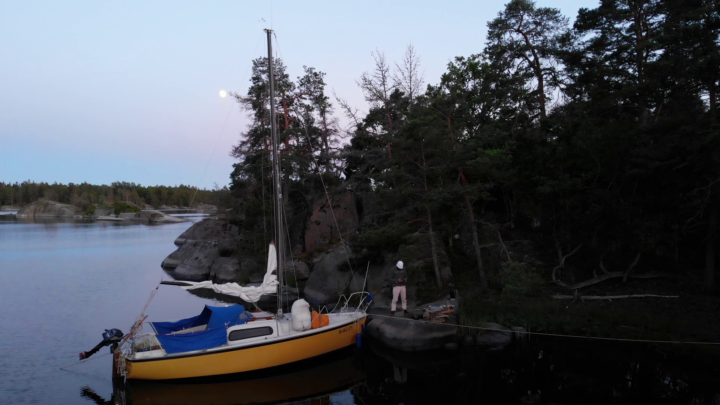
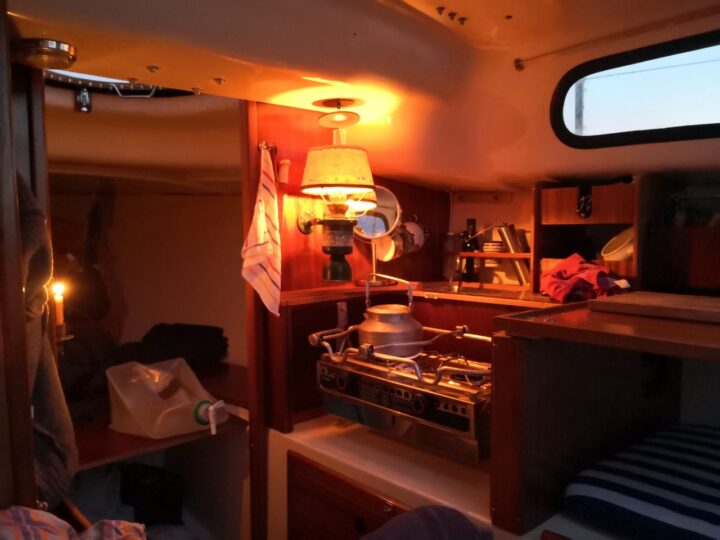
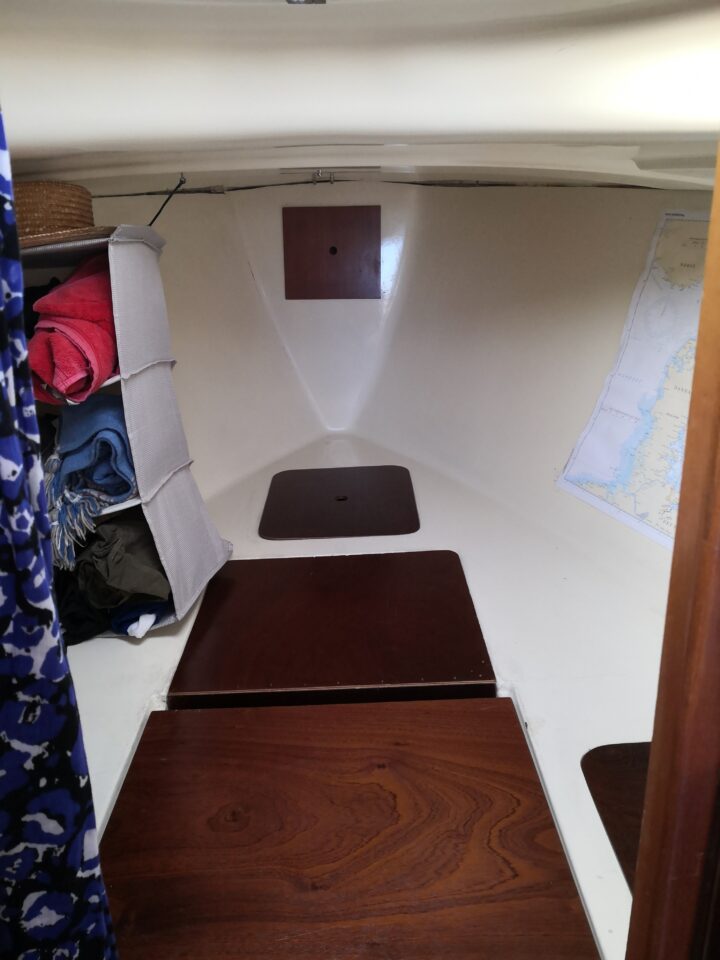
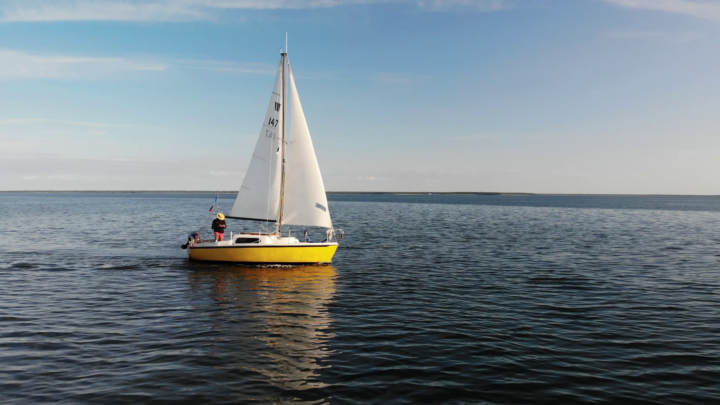

Nice project and trip! Any more shots of the interior? :)
Ey Du Spleaser,
geiler Blogpost, muss ich schon sayn!
So eine coole Frechheit im Pandemie-Jahr so viele EU-Länder mit Mut&Verstand legal auf dieser Art zu bereisen.
Abenteuer pur!
Great job, Johann and congrat for this absolutely fascinating travel report! Hope there will come some more in future. Wish you always fair winds for your upcoming journeys.
woauw what an exciting journey! It seems to need a lot of courage. Hopefully to see more adventures from u with ur yello boat :)